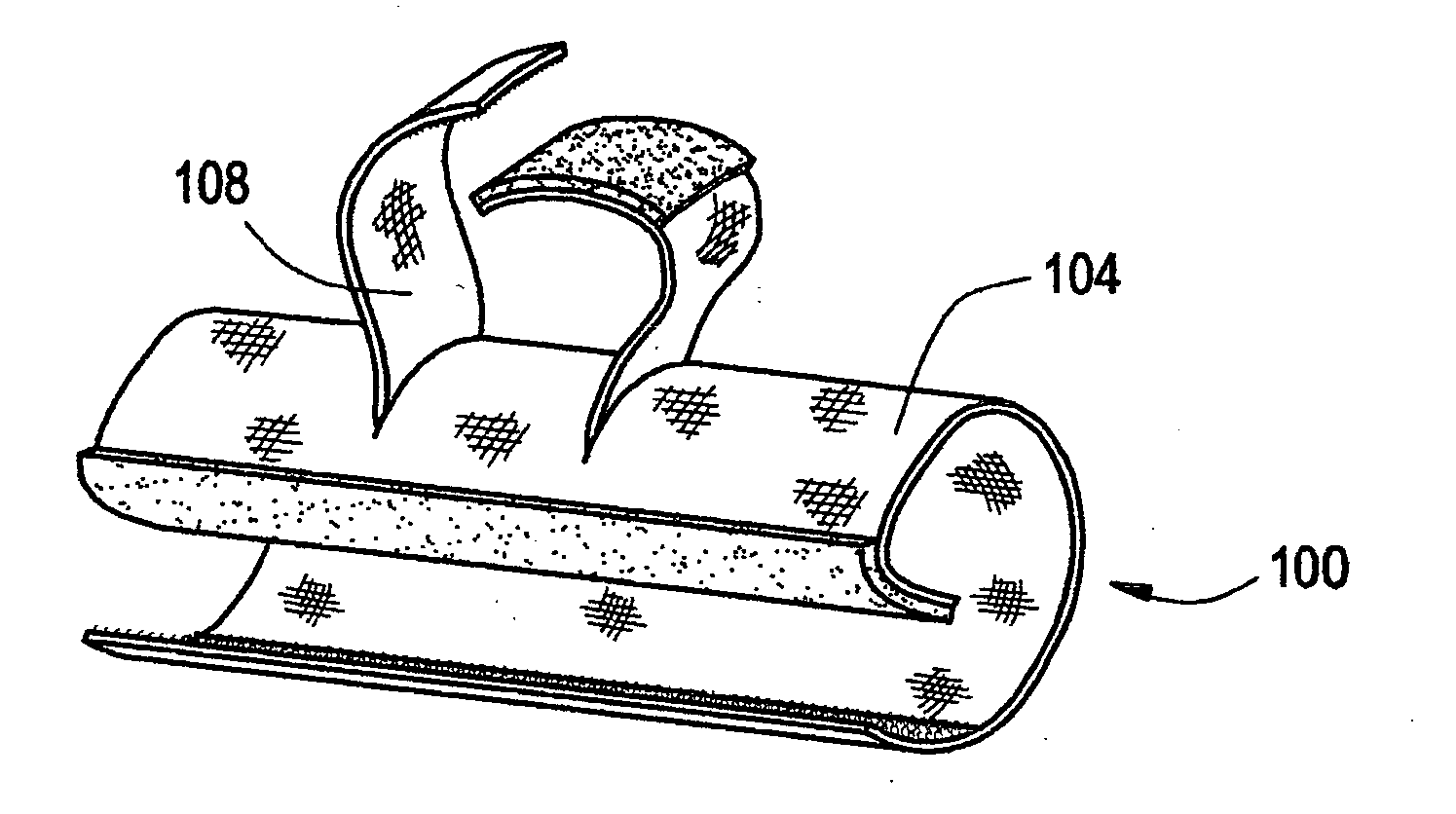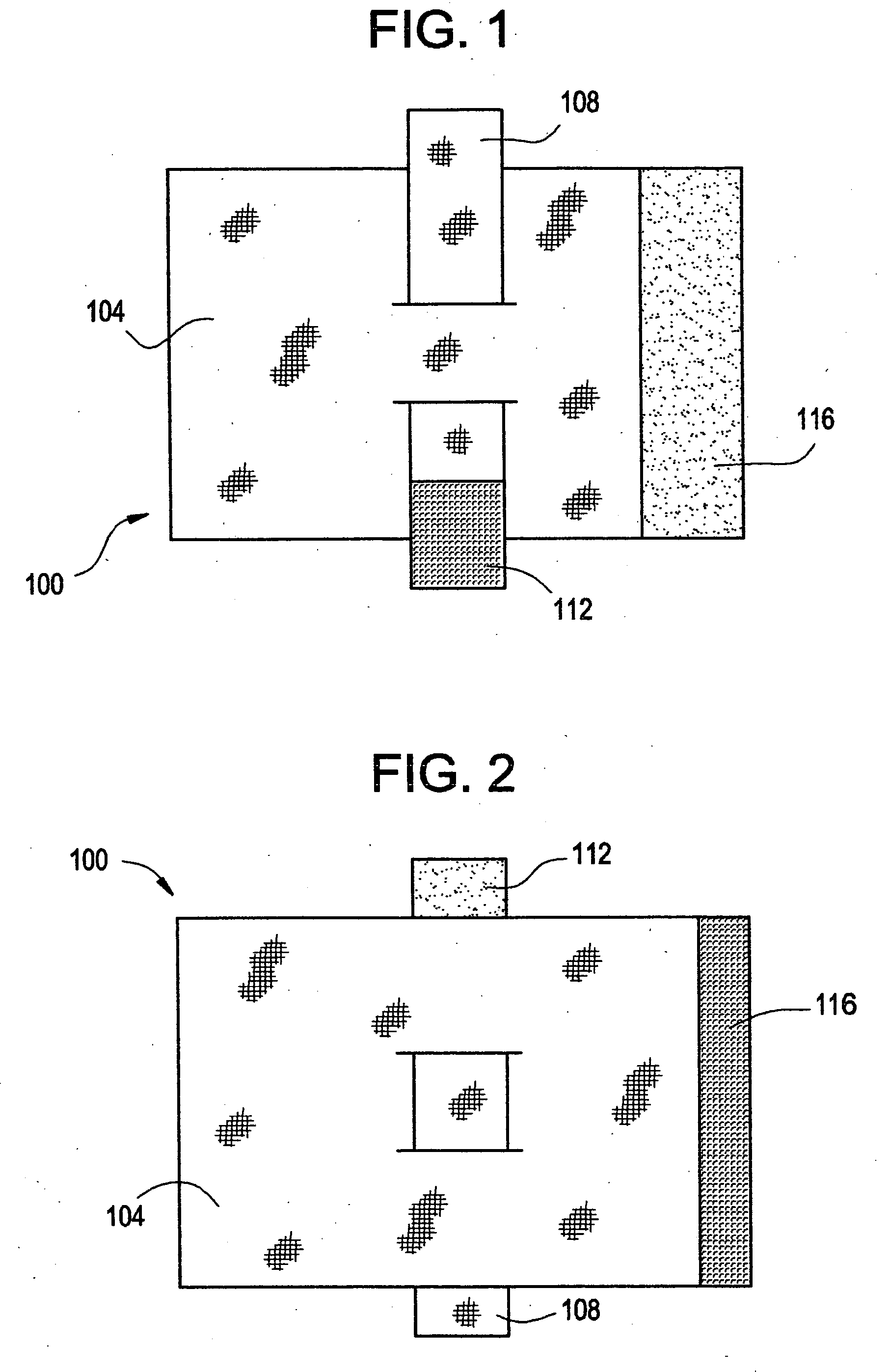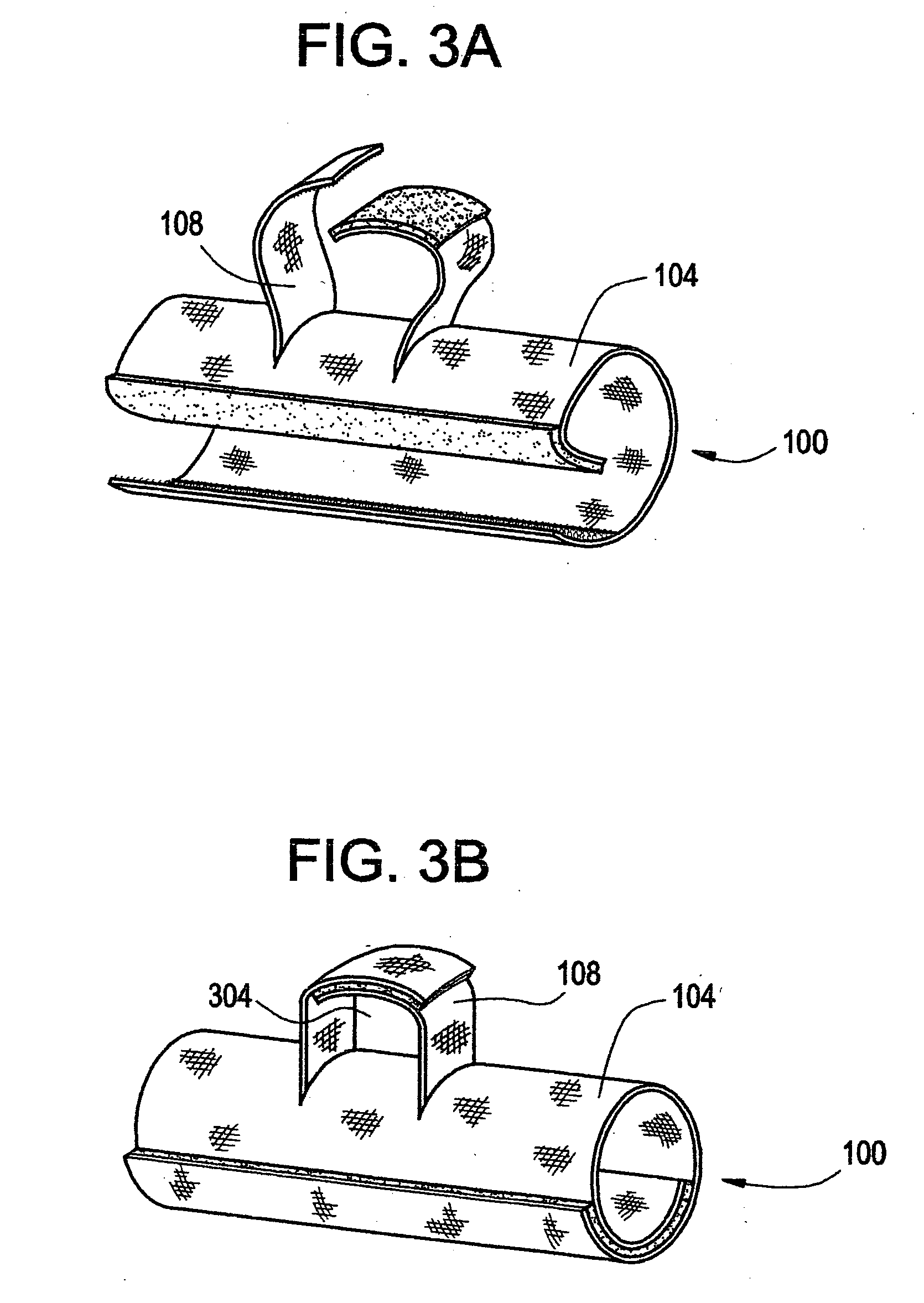Intravenous tubing securing device for protecting tubing
a tubing securing device and tubing technology, applied in the field of medical devices, can solve the problems of loss of life, accidental pulling of intravenous catheters, and often falling on the floor of tubing,
- Summary
- Abstract
- Description
- Claims
- Application Information
AI Technical Summary
Problems solved by technology
Method used
Image
Examples
Embodiment Construction
[0022] In today's growing number of nosocomial infections or hospital acquired infections it is desired in the health care industry to have devices that can be disposable, cost effective, and easily used that can assist in decreasing these infections. Thus, proposed is an invention that relates to medical devices and more specifically to an adjustable, disposable device which secures intravenous tubing to the bedrail as to assist in prevention of contamination of the tubing which may ultimately contaminate the insertion site of the catheter and will also assist in prevention of inadvertently pulling the intravenous catheter out of its insertion site. The present invention also helps decrease infection by decreasing the number of times the skin is opened up for microorganism to potentially invade, while at the same time decreasing unnecessary pain to the patient.
[0023]FIG. 1 depicts an exemplary embodiment of the securing device 100 of the present invention. From FIG. 1 it is appare...
PUM
 Login to View More
Login to View More Abstract
Description
Claims
Application Information
 Login to View More
Login to View More - R&D
- Intellectual Property
- Life Sciences
- Materials
- Tech Scout
- Unparalleled Data Quality
- Higher Quality Content
- 60% Fewer Hallucinations
Browse by: Latest US Patents, China's latest patents, Technical Efficacy Thesaurus, Application Domain, Technology Topic, Popular Technical Reports.
© 2025 PatSnap. All rights reserved.Legal|Privacy policy|Modern Slavery Act Transparency Statement|Sitemap|About US| Contact US: help@patsnap.com



